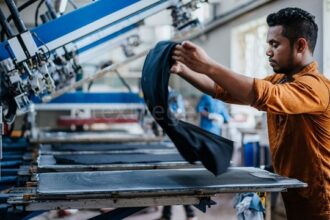A recent workshop hosted by American Circular Textiles and WRAP under the G7 Agenda on Circular Textiles and Fashion (G7 ACT) emphasized the importance of textile reuse as a critical solution to the mounting global waste problem.
The event highlighted that while designing textiles for sustainability is key—accounting for up to 80% of a product’s environmental impact—reuse of existing garments presents an urgent opportunity that cannot be overlooked.
According to data shared at the workshop, approximately 92 million tons of textiles are discarded annually, with the fashion industry producing more than 90 billion garments each year. The average clothing item is worn only ten times before disposal, contributing significantly to pollution and waste, said speakers.
Lisa Jepsen, CEO of Garson & Shaw LLC, a global secondhand clothing company, said reuse is already reducing textile waste and creating economic benefits worldwide.
“Reuse is not a theoretical concept, but an active practice that diverts millions of pounds of clothing from landfills annually,” Jepsen said.
Workshop participants urged governments to support textile reuse markets by removing trade barriers, incorporating incentives for reuse in Extended Producer Responsibility (EPR) policies, and investing in infrastructure for sorting and redistributing secondhand textiles.
Industry experts said such steps are essential to scaling reuse and accelerating the textile sector’s transition to a circular economy.











